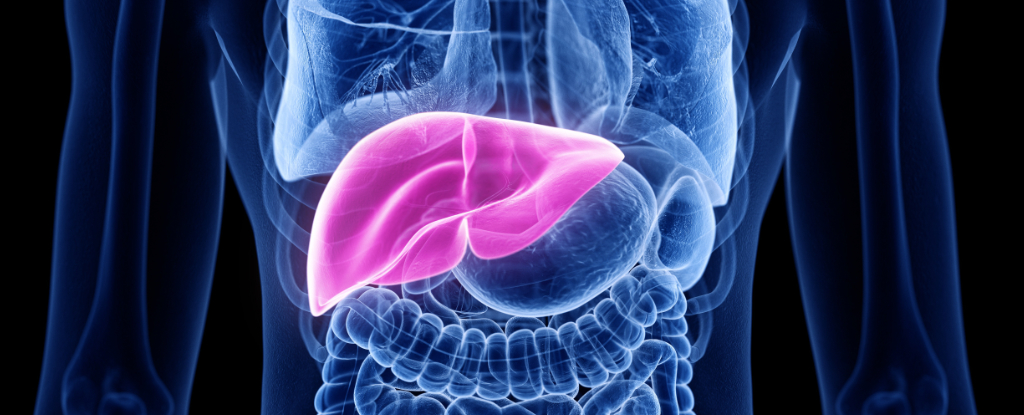A variety of age-related diseases – including weak bones, sexual dysfunction, diabetes, Cancerand cardiovascular disease — can be predicted by a single hormone that occurs at a constant level in men throughout their lives, new research shows.
This hormone is INSL3, and it first appears during puberty. From then on, his values only drop slightly in old age. This consistency, and the early age at which it occurs, make INSL3 valuable to scientists — and potentially to men’s health.
Someone with lower levels of INSL3 when young is likely to have lower levels of the hormone as they age, the new study shows. If this translates into a higher risk of health complications, as the study suggests, those health risks could potentially be managed many years sooner.
“Understanding why some people are more likely to develop disabilities and diseases as they age is critical to finding interventions that ensure people live not only long, but healthy lives in old age,” says reproductive endocrinologist Ravinder Anand-Ivell from the University of Nottingham in the UK.
“Our hormone discovery is an important step in understanding this and will pave the way to not only helping people individually, but also helping to alleviate the care crisis we face as a society.”
INSL3 is produced by the same cells in the testicles that produce testosterone; Unlike testosterone, INSL3 does not fluctuate as men mature.
To monitor INSL3 levels in the blood, the researchers took samples from more than 2,200 men in eight different regional centers in Europe. The men’s INSL3 levels remained constant over time and also varied significantly between individuals, enough to distinguish health risks.
Researchers propose that INSL3 levels in the blood reliably correlate with count and health status Leydig cells in the testicles – which has fewer of these cells and less testosterone as well been linked to numerous health problems in later life.
“Now we know the important role this hormone plays in predicting disease and how it varies in men. We are turning our attention to finding out which factors have the greatest impact on INSL3 levels in the blood.” says molecular endocrinologist Richard Ivell from the University of Nottingham.
“Preliminary work suggests that diet may play a role in early life, but many other factors such as genetics or exposure to some environmental endocrine disruptors may play a role.”
In nine morbidity categories that participants reported in questionnaires, including cancer, diabetes, and cardiovascular disease, INSL3 was associated with an increased risk of morbidity in eight of them (only depression no association was found in this study).
But when the researchers adjusted for other hormonal and lifestyle factors, such as BMI and smoking status, most of these associations with INSL3 were lost, with the exception of hypertension and cardiovascular disease.
And when testing whether INSL3 levels in blood samples from a subset of men could predict health outcomes about four years later, lower hormone levels were associated with seven of the nine comorbidity categories. But this, too, was done without considering other factors.
One area that scientists are keen to explore in future studies is INSL3’s relationship to sexual health, with its strong association with testosterone, but this was not considered in detail in this particular research paper.
Future studies should also “focus on longer time periods to determine whether INSL3, measured in younger or middle-aged men, is truly predictive of later onset of age-related health problems,” the researchers said conclude.
If more study proves the link between INSL3 and these health risks, and scientists can pinpoint exactly why the link exists, it means preparations can be made much earlier to try to identify—and stop—a multitude of age-related health risks problems happen.
“The holy grail of aging research is to close the fitness gap that occurs with age,” says Anand-Ivell.
The research was published in Frontiers in endocrinology.





